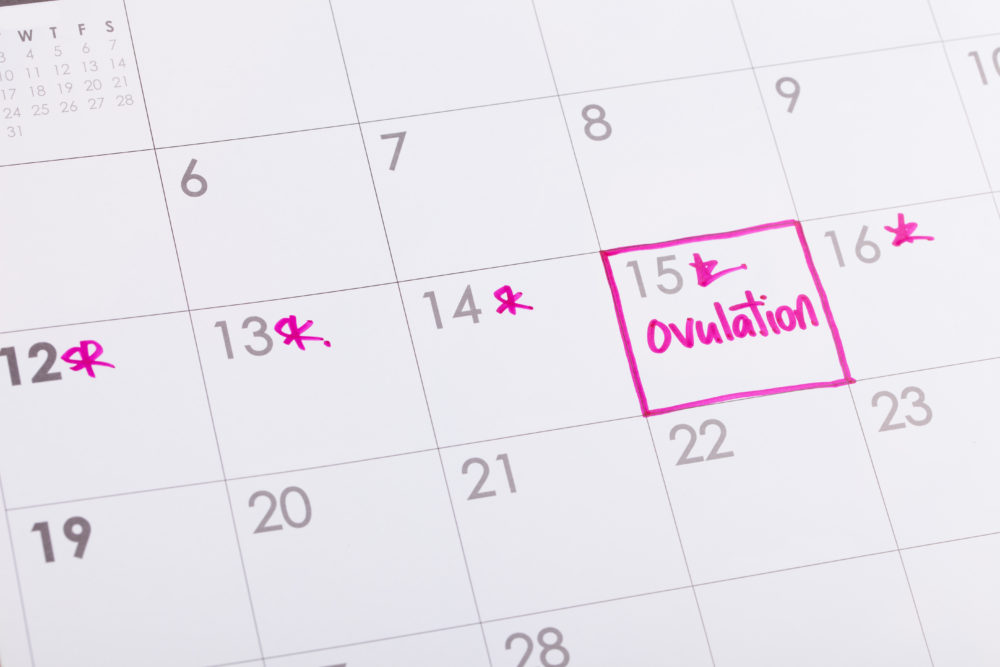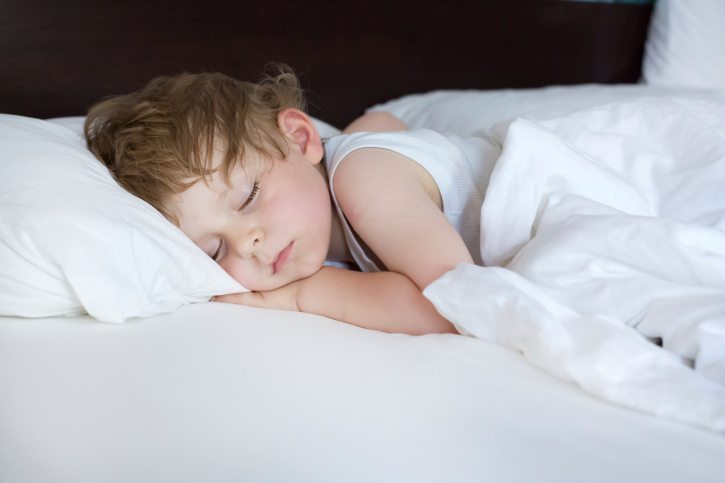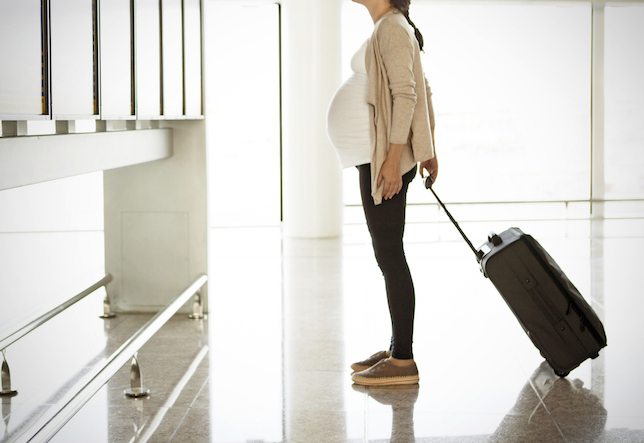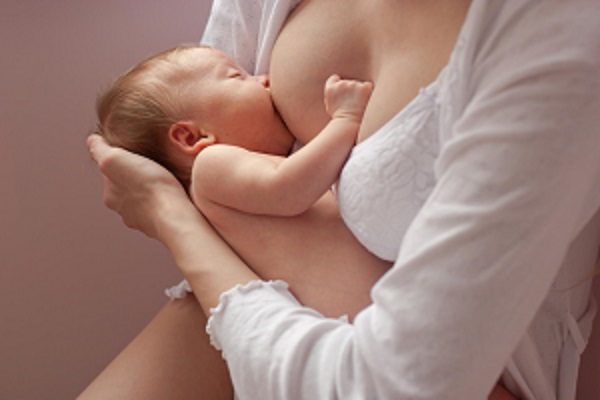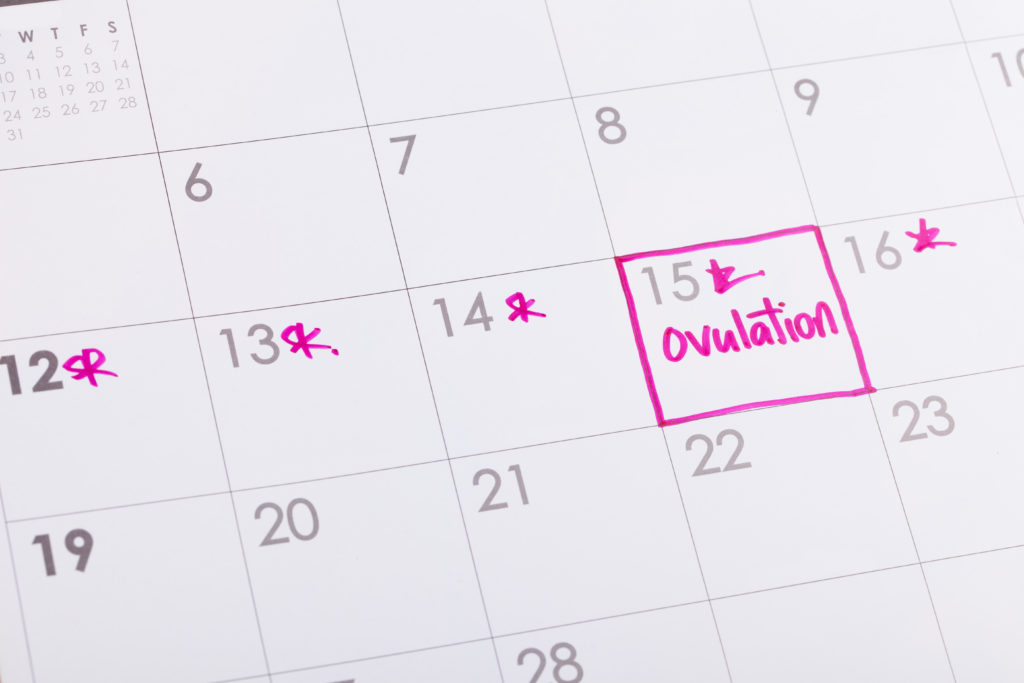
For a woman to conceive, ovulation must take place. Ovulation is the part of the menstrual cycle when an egg is discharged and travels down the Fallopian tube where it is fertilised by the male sperm.
The day of ovulation is not fixed but it usually occurs between 12 to 16 days before the next period is due. This is because the post-ovulatory phase (see below) generally lasts 14 days but ranges from 10 to 16 days depending on the cycle length 28 days, 30 days, 21 days, etc. A woman is most fertile during ovulation.
Ovulation is divided into three phases:
Periovulatory
A layer of cells around the ovum starts to become mucous-like and grow while the lining of the uterus thickens. The ovum lives for 24 hours. Sperm can survive for up to five days in oestrogenic fertile-type mucous.
Ovulatory
Enzymes gather together to form a hole that the ovum uses to exit the follicle and enter the fallopian tube. This is the period of fertility and lasts from 24 – 48 hours.
Postovulatory
A hormone called luteinizing hormone (LH) is secreted. The fertilised egg is implanted in the womb while unfertilised eggs stop producing hormones.
A woman’s menstrual cycle usually lasts between 28 and 32 days. The first day of a period is the first day of a menstrual cycle.
maternity & infant
Originally posted 2018-02-20 16:10:51.

